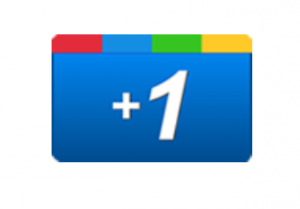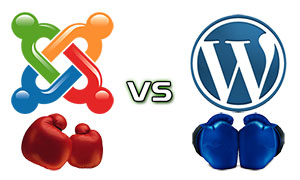Adding the Google +1 Button to your Website
 If you haven’t investigated this before, you are in for a treat. It only takes 2 steps to integrate the Google +1 button into you website.
If you haven’t investigated this before, you are in for a treat. It only takes 2 steps to integrate the Google +1 button into you website.
Place this tag in your head or just before your close body tag.
<script type=”text/javascript” src=”https://apis.google.com/js/plusone.js”></script>
Place this tag where you want the +1 button to render.
<g:plusone></g:plusone>
It really is that simple! Now you can add this to your website, which will allow your viewers tell the world that your site is the great, and that their friends should check it out!
RSS FEEDS: Why Use RSS Feeds
2nd in a series on RSS FEEDS
As discussed in the first article, RSS is a process to share information both from the author and user’s point of view without the user going to the author’s site. So, let us look at this from both side of the communication process.
 From the website author’s point of view, The RSS Feed is providing information; it is an activity to improve communication flow. How is that, you ask. As you have been using the Internet, some of the sites you visit may ask you to sign up to stay informed. With that activity, you are signing up for an email mailing list and with that process, the emails start coming.
From the website author’s point of view, The RSS Feed is providing information; it is an activity to improve communication flow. How is that, you ask. As you have been using the Internet, some of the sites you visit may ask you to sign up to stay informed. With that activity, you are signing up for an email mailing list and with that process, the emails start coming.
Do you wonder why you get so many emails? This is what signing up for Email lists cause and some of these sites share their email lists, so you get even more emails from the secondary sources. I sometimes feel buried by emails and it is not fun! I want the information, but in a manner that I can control. Continue reading
RSS FEEDS: the process
1st in a series on RSS FEEDS
RSS is quite common on the Internet; you can see the button everywhere! It is a process to share information both from the author and users point of view without the user going to the author’s site. Web feeds is the name used for this type of information sharing. The Wikipedia article on web feeds has more details on who, what, when, where and why. We are not going into that type of detail; rather this is the first blog in a series of articles to explain how to use RSS feeds and the tools you use in the process. In the rest of the series we will discuss the compelling question of why use RSS feed, how you set it up, where you can place it so the author and user can do more than just say they are using RSS feeds. Continue reading
Joomla vs WordPress – The Decision
 The Decision
The Decision
All of the cards now lay on the table. All of the pros and cons for both pieces of CMS software have been exposed and now it comes time for the decision. Ultimately, the question is: “Which one do I use for my website?” Just like real life, the answer depends. Let’s review the judge’s scorecard: Continue reading
Joomla vs WordPress Round 3 – WordPress
 WordPress – The Pros & Cons
WordPress – The Pros & Cons
The North American based CMS/Blogging software is growing rapidly in popularity due to the easy install and easy use qualities. Worpress is truly the best software out there for out of the box, up in minutes, website capability.
WordPress was first released on May 27, 2003, by Matt Mullenweg as a fork of b2/cafelog. As of February 2011, version 3.0 had been downloaded over 32,500,000 times, which is considerably more than Joomla!
WordPress is written in PHP, and uses object-oriented programming (OOP) techniques which is stored in a MySQL database, and is an open source blogging tool, which can also be used as a content management system. Continue reading





Recent Comments